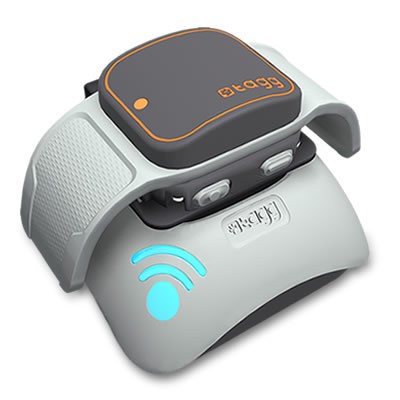
Tagg GPS Plus pet tracker monitors location and temperature of your dog
![]() If you’re a nervous pet owner Tagg has launched something for you, a new version of its popular location-enabled GPS collar. With its first generation device launched in 2012 Tagg set the standard in pet trackers market. The new version keeps the core features of the original intact while improving some of its shortcomings.
If you’re a nervous pet owner Tagg has launched something for you, a new version of its popular location-enabled GPS collar. With its first generation device launched in 2012 Tagg set the standard in pet trackers market. The new version keeps the core features of the original intact while improving some of its shortcomings.
Essentially Tagg’s pet tracker looks like a slightly more elaborate dog collar. Using a companion app, you can look at where your pet is and set up safe zones with a simple geofencing tools. If your pet leaves the designated safe zone, you’ll instantly get an alert. The data are transferred using a GSM module in the device via Verizon cellular network.
But that’s not all. There’s also an accelerometer, which keeps track of fitness stats for your pet, much like fitness trackers and smartwatches do for us. Additionally the new generation of the device features an ambient temperature sensor which can alert you if your pet is experiencing unhealthy levels of heat or cold. Another improvement is a battery life. The first generation of Tagg last 3-4 days on one charge. Tagg says the new device should only need to be charged two or three times a month, which is a big improvement.
In addition Tagg is also partnering with home monitoring company Alarm.com. This means that your home automation system will be able to respond to your pet’s activity e.g. control A/C system.
The device is priced at $119.95 + around $8/per month for Verizon’s GSM connection.



